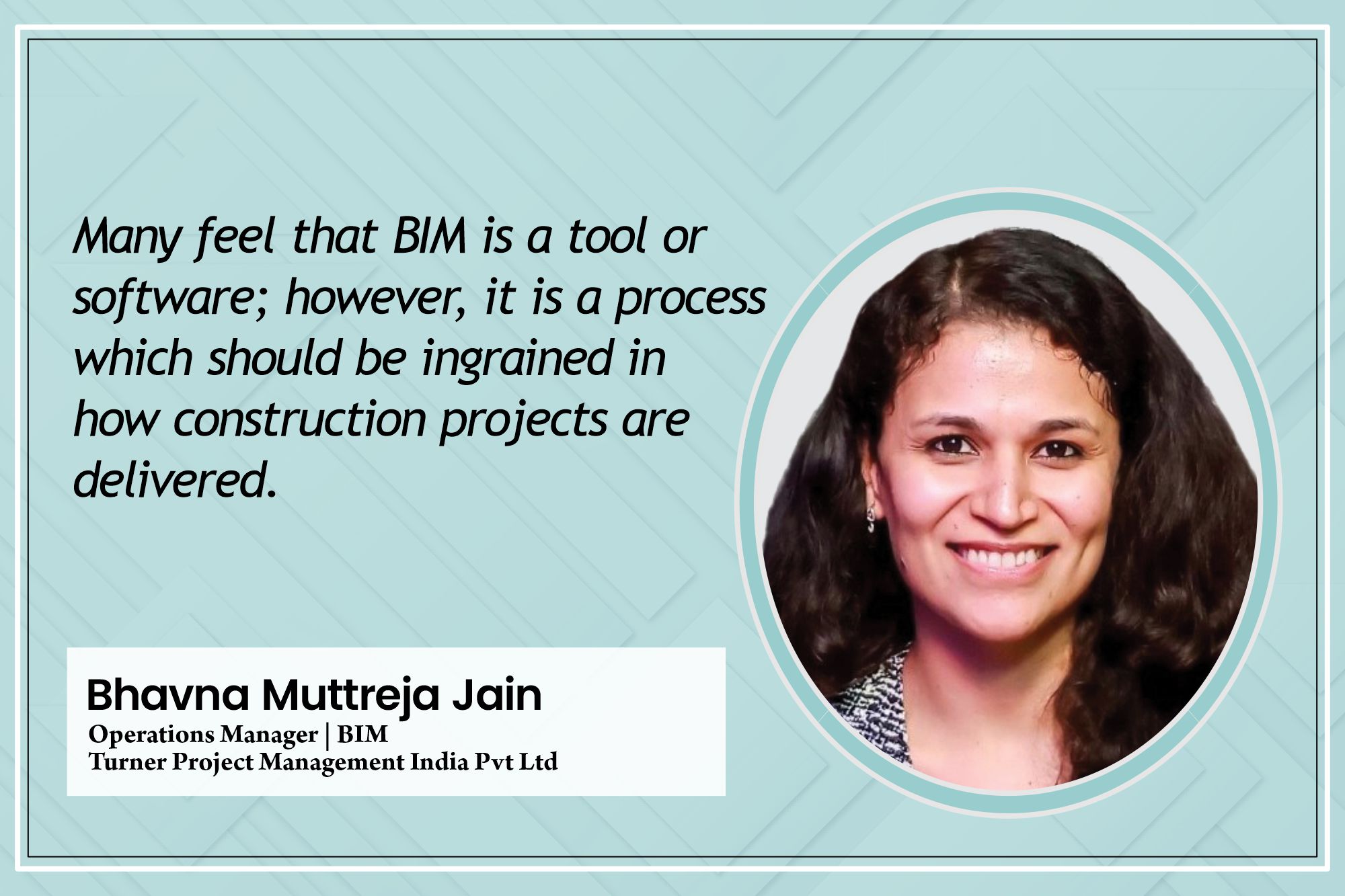Top 10 myths and facts about waterproofing
By Edit Team | September 25, 2015 12:28 pm SHARE

Mandar Chitre, Vice President at Walplast Products Pvt. Ltd. discusses about some of the myths and facts about waterproofing
Seasonal buzz in summer is all about waterproofing! Everybody talks about it. Construction chemical companies call themselves an expert in waterproofing. The big brands in India enter the race and suddenly change their positioning for the season to become a waterproofing company. The consumers are given solutions and assurance. Most of them badly need it and are continuously looking out for products which will fix their problems. Unfortunately many such applications fail before the next monsoon. This gives opportunity to sell more expensive products. The cycle continues and business booms, giving the consumer tremendous satisfaction every year, which ultimately converts to unhappiness at the end of the season.
In this article, we shall discuss about some of the myths and facts about waterproofing.
Myth 1: Putty needs to be used for waterproofingFact: Putty has limited protection against waterproofing because it is only a film between the plaster and the paint. If the wall has leakage which is coming from a source which is not fixed, then the effects of waterproofing will reappear even after applying putty. Water gets accumulated and finally breaks open the putty as well as the layer of paint causing a very shabby looking wall.
Myth 2: Water leakages are always from the upper floorFact: Not necessarily. Because water also flows by capillary effect in which leakage from the same floor or sometimes lower floors can penetrate through micro cracks and create paint peeling. This needs to be checked before taking decision on making repairs in the bathroom.
Myth 3: Leakage happens only through terraceFact: Though it is observed that the leakages happen through terraces, it has also been noted that the leakage continued after the terrace treatment was done and the majority was happening through the side walls. Therefore only repairing the terrace would not be enough to stop water leakages.
Myth 4: Paint peeling happens only because of leakagesFact: Paint peels can also peel-off if the putty or primer applied earlier was weak in its adhesion. Good quality putty ensures that the adhesion is strong enough to hold itself with the plastered wall. This creates a base for the paint and prevents peeling.
Myth 5: Use of crushed sand in plastering leads to cracks and leakagesFact: In plastering if the ratios are incorrect, application is not done properly and curing is less, cracks have been observed even where natural sand was used. Cubical crushed sand produced by a good quality vertical shaft impactor, along with air agents deliver superior results in plastering.
Myth 6: Use of waterproofing additives will ensure no cracksFact: Additives certainly help but are not full proof because it also depends on the correct gradation of sand, cement ratio, application, curing, unskilled labour etc. Checking the technical capability of the contractor is very important.
Myth 7: Bathroom tiles need to be removed to stop leakagesFact: With the latest products like tile adhesive, removal of earlier tiles is not required at all. The tile adhesive can be applied and tile can stick on tile. A thin layer of 3 mm is enough to stick the new tile on top and save the time, labour and side effects of breaking old tiles.
Myth 8: Humid or coastal areas need more waterproofing Fact: Not true because humidity or salt contain in the atmosphere cannot cause leakages or peel paints.
It can though create corrosion of metals and fittings but does not need more or special waterproofing.Myth 9: Using fibre in plastering stops leakagesFact: Use of fibres in plastering certainly improves its performance and reduces cracks to a large extend but does not totally eliminate waterproofing because the effects of bathroom leakages can still cause water leakage and harm the walls.
Myth 10: Waterproofing leads to breakage or puffing of flooringFact: It is mostly the incorrect application of tiles or improper preparation of the base which can lead to uprooting, breakage or puffing of floor tiles. Using tile adhesive can minimise such problems.
Construction chemical companies call themselves an expert in waterproofing. The big brands in India enter the race and suddenly change their positioning for the season to become a waterproofing company.
Mandar Chitre, Vice President,Walplast Products Pvt. Ltd.
Cookie Consent
We use cookies to personalize your experience. By continuing to visit this website you agree to our Terms & Conditions, Privacy Policy and Cookie Policy.








































































